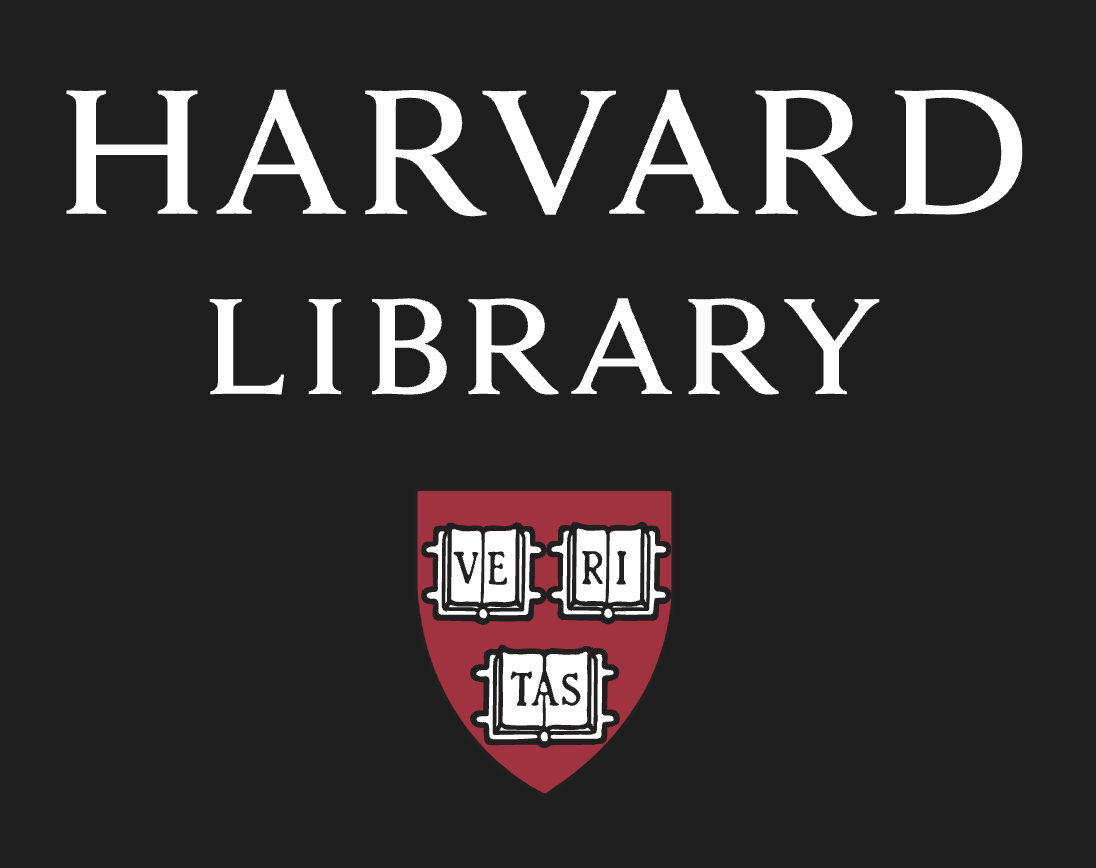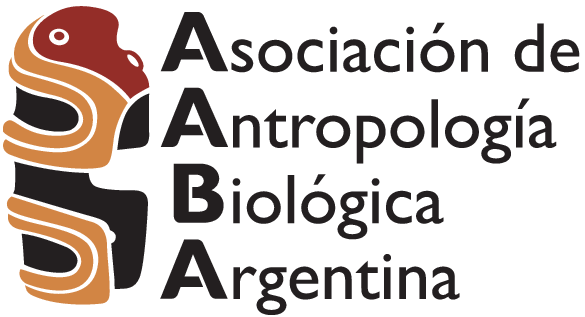Efecto del retardo prenatal de crecimiento y la subnutrición postnatal en el crecimiento craneofacial / Craneofacial effect of prenatal growth retardation and postnatal undernutrition in craniofacial growth
Resumen
El objetivo fue analizar en animales con retardo prenatal de crecimiento (RPC) el efecto de la subnutrición proteico-calórica lactacional y postlactacional sobre la morfología craneofacial, particularizando en el crecimiento de los componentes funcionales neural y facial. Ratas Wistar fueron divididas en los grupos: Control, RPC (inducido por ligamiento parcial de ambas arterias uterinas el día 15 de gestación) y Sham-operado (con igual técnica quirúrgica que RPC aunque sin ligamiento de las arterias). A su vez, el grupo RPC se dividió en: (a) crías lactantes de madres con nutrición normal y a partir del destete alimentadas ad-libitum y (b) crías lactantes de madres con restricción alimentaria del 25% y a partir del destete alimentadas con el 50% de lo consumido por un animal control. Se tomaron radiografías a las edades 1, 21, 42, 63 y 84 y se midieron longitud, ancho y altura de los componentes neural y facial. Se calcularon los índices volumétricos neural y facial y morfométrico neurofacial. Se aplicaron ANOVA y pruebas post-hoc y se calcularon diferencias porcentuales entre medias. Los resultados permitieron concluir que el estrés primario ocurrido durante la vida intrauterina resulta crítico en lo inmediato y en la vida postnatal, ya que aun mediando normonutrición postnatal el retardo de crecimiento perdura. Además, cuando al estrés prenatal le continúa restricción nutricional postnatal los efectos adversos son aditivos provocando retardo del crecimiento aún mayor. Finalmente, mientras que el componente neural es más resistente a las deficiencias nutricionales, el facial presenta mayor plasticidad, hecho que se evidencia en cambios de forma.
Palabras clave: crecimiento craneofacial; desnutrición pre y postnatal; craneometría funcional
The aim of the study was to analyze the effect of protein-calorie malnutrition during lactation and post-lactation on craniofacial morphology in intrauterine growth-retarded (IUGR) animals, particularly in the neural and facial functional components. Wistar rats were divided into the following groups: Control, IUGR (induced by partial bending of both uterine vessels at day 15 of gestation), and sham-operated (with the same surgical technique as IUGR, but without vessel bending). The IUGR group was further divided into (a) nursing pups of mothers with normal nutrition and fed ad-libitum at weaning, and (b) nursing pups of mothers with 25% food restriction and fed with 50% of the food ingested by controls at weaning. Radiographs were taken at 1, 21, 42, 63, and 84 days. Neural and facial length, width and height were measured, and neural and facial volumetric and morphometric indices were calculated. ANOVA and post-hoc tests were applied, and percentage differences between means were determined. Results showed that intrauterine stress is critical during early and postnatal life, since even when postnatal nutrition is normal, growth retardation persists. Furthermore, when prenatal stress is followed by postnatal nutritional restriction, adverse effects are additive and cause even greater growth retardation. Finally, while the neural component is more resistant to nutritional deficiencies, the facial component has greater plasticity, as reflected in the shape changes observed.
Key words: craniofacial growth; prenatal and postnatal undernutrition; functional craniometre
Descargas
Referencias
Baschat AA. 2004. Fetal responses to placental insufficiency: an update. BJOG 111: 1031-1041. doi:10.1111/j.1471-0528.2004.00273.x
Black RE, Allen LH, Bhutta ZA, Caulfield LE, de Onis M, Ezzati M, Mathers C, Rivera J. 2008. Maternal and child undernutrition: global and regional exposures and health consequences. Lancet 371:243-260. doi:10.1016/S0140-6736(07)61690-0
Bogin B. 2001. The growth of humanity. Willey-Liss, New York.
Bonner JT. 1988. The evolution of complexity. Princeton: Princeton University Press.
Clark CT, Smith KK. 1993. Cranial osteogenesis in Monodelphis domestica (Didelphidae) and Macropus eugenii (Macropodidae). J Morphol 215:119-149. doi:10.1002/jmor.1052150203
Clausson B, Gardosi J, Francis A, Cnattingius S. 2001. Perinatal outcome in SGA births defined by customised versus population-based birthweight standards. Br J Obstet Gynaecol 108:830-834. doi:10.1016/S0306-5456(00)00205-9
Dickerson JW, Pao SK. 1975. The effect of a low protein diet and exogenous insulin on brain tryptophan and its metabolites in the weanling rat. J Neurochem 25:559-564. doi:10.1111/j.1471-4159.1975.tb04368.x
Dressino V, Pucciarelli HM. 1999. Growth of functional cranial components in Saimiri sciureus boliviensis (Cebidae): a longitudinal study. Growth Dev Aging 63:111-127.
Fernándes RM, Abreu AV, Silva RB, Silva DF, Martinez GL, Babinski MA, Ramos CF. 2008. Maternal malnutrition during lactation reduces skull growth in weaned rat pups: experimental and morphometric investigation. Anat Sci Int 83:123-130. doi:10.1111/j.1447-073X.2007.00212.x
Flanagan DE, Moore VM, Godsland IF, Cockington RA, Robinson JS, Phillips IW. 2000. Fetal growth and the physiological control of glucose tolerance in adults: a minimal model analysis. Am J Physiol Endocrinol Metab 278:700-706.
Godfrey KM, Barker DJP. 2000. Fetal nutrition and adult disease. Am J Clin Nutr Suppl. 71:1344-1352. doi:10.1017/S0965539500001005
Gomez Roig M. 2002. Diagnóstico prenatal del retraso de crecimiento intrauterino mediante marcadores bioquímicos: IGF-I, IGFBP-I, Leptina y AFP. Tesis Doctoral Inédita. Facultad de Medicina. Universidad de Barcelona.
Gonzalez PN, Hallgrímsson B, Oyhenart EE. 2011a. Developmental plasticity in covariance structure of the skull: effects of prenatal stress. J Anat 218:243-257. doi:10.1111/j.1469-7580.2010.01326.x
Gonzalez PN, Oyhenart EE, Hallgrímsson B. 2011b. Effects of environmental perturbations during postnatal development on the phenotypic integration of the skull. J Exp Zool B Mol Dev Evol 316:547-561. doi:10.1002/jez.b.21430
Hales CN, Desai M, Ozanne SE. 1997. The thrifty phenotype hypothesis: how does it look after 5 years? Diabetic Medicine 14:189-195. doi:10.1002/(SICI)1096-9136(199703)14:3<189::AID-DIA325>3.0.CO;2-3
Hernández Rodríguez M. 2007. Fisiología y valoración del crecimiento y la pubertad. Pediatría Integral 11:471-484.
Houdijk EC, Engelbregt MJ, Popp-Snijders C, DelemarreVd Waal HA. 2000. Endocrine regulation and extended follow up of longitudinal growth in intrauterine growthretarded rats. J Endocrinol 166:599-608. doi:10.1677/joe.0.1660599
Huizinga CT, Engelbregt MJT, Rekers-Mombarg LMT, Vaessen SFC, Delamarre-van der Waal HA, Fodor M. 2004. Ligation of the uterine artery and early postnatal food restriction. Animals models for growth retardation. Horm Res 62:233-240. doi:10.1159/000081467
Kuzawa CW. 2008. The developmental origins of adult health: intergenerational inertia in adaptation and disease. En: Trevathan W, Smith EO, McKenna JJ, editores. Evolution and health. Oxford: Oxford University Press. p 325-349.
Lightfoot PS, German RZ. 1998. The effects of muscular dystrophy on craniofacial growth in mice: a study of heterochrony and ontogenetic allometry. J Morphol 235:1-16. doi:10.1002/(SICI)1097-4687(199801)235:1<1::AIDJMOR1>3.0.CO;2-F
Lucas A. 1998. Programming by early nutrition: an experimental approach. J Nutr 128:401-406.
Miller JP, German RZ. 1999. Protein malnutrition affects the growth trajectories of the craniofacial skeleton in rats. J Nutr 129:2061-2069.
Moore WJ. 1966. Skull growth in the albino rats (Rattus norvegicus). J Zool 149:137-144. doi:10.1111/j.1469-7998.1966.tb03889.x
Moss ML, Young RW. 1960. A functional approach to craniology. Am J Phys Anthropol 18:281-292. doi: 10.1002/ajpa.1330180406
Oyhenart EE, Muñe MC, Pucciarelli HM. 1998. Influence of intrauterine blood supply on cranial growth and sexual dimorphism at birth. Growth Dev Aging 62:187-198.
Oyhenart EE, Cesani Rossi MF, Pucciarelli HM. 1999. Influencia del retardo del crecimiento intrauterino sobre la diferenciación craneana postnatal. Rev Arg Antrop Biol 2:135-150.
Oyhenart EE, Orden B, Fucini MC, Muñe MC, Pucciarelli HM. 2003. Sexual dimorphism and postnatal growth of intrauterine growth retarded rats. Growth Dev Aging 67:73-83.
Oyhenart EE, Quintero FA, Orden AB, Fucini MC, Guimarey LM, Carino M. Ferese C, Cónsole M. 2008. Catch-up growth in intrauterine growth retarded rats: its correlation with histomorphometric changes of the pituitary somatotrope cells. Eur J Anat 12:115-122.
Ozanne SE, Hales NC. 1999. The long-term consequences of intra-uterine protein malnutrition for glucose metabolism. Proc Nutr Soc 58:615-619. doi:http://dx.doi.org/10.1017/S0029665199000804
Polly PD, Head JJ, Cohn MJ. 2001. Testing modularity and dissociation: the evolution of regional proportions in snakes. En: Zelditch M editor. Beyond heterochrony: the evolution of development. New York: Wiley-Liss. p 307-335.
Pucciarelli HM, Oyhenart EE. 1987a. Influence of food restriction during gestation on craniofacial growth in weanling rats. Acta Anatomica 129: 82-187. doi:10.1159/000146397
Pucciarelli HM, Oyhenart EE. 1987b. Effects of maternal food restriction during lactation on craniofacial growth in weanling rats. Am J Phys Anthropol 72:67-75. doi:10.1002/ajpa.1330720109
Quintero FA, Orden AB, Fucini MC, Oyhenart EE, Guimarey LM. 2005. Bone growth in IUGR rats treated with growth hormone: a multivariate approach. Eur J Anat 9:149-154.
Ramírez Rozzi FV, González-Jose R, Pucciarelli HM. 2005. Cranial growth in normal and low-protein-fed Saimiri. An environmental heterochrony. J Hum Evol 49:515-535. doi:10.1016/j.jhevol.2005.06.002
Sara VR,King TL, Lazarus L. 1976. The influence of early nutrition and environmental rearing on brain growth and behavior. Experientia 32:1538-1540. doi:10.1007/bf01924439
Schwitzgebel VM, Somm E, Klee P. 2009. Modeling intrauterine growth retardation in rodents: Impact on pancreas development and glucose homeostasis. Mol Cell Endocrinol 304:78-83. doi:10.1016/j.mce.2009.02.019
Shea BT. 1985. Bivariate and multivariate growth allometry: statistical and biological considerations. J Zool 206:367-390. doi:10.1111/j.1469-7998.1985.tb05665.x
Shea BT. 1992. Developmental perspective on size change and allometry in evolution. Evol Anthropol 1:125-134. doi:10.1002/evan.1360010405
Tanner JM. 1962. Growth at adolescence. Oxford: Blackwell Scientific Publications. doi:10.1002/ajpa.1330140125
Thorn SR, Rozance PJ, Brown LD, Hay WW. 2011. The intrauterine growth restriction phenotype: fetal adaptations and potential implications for later life insulin resistance and diabetes. Semin Reprod Med 29:225-236. doi:10.1055/s-0031-1275516
van den Broek AJ, Kok JH, Houtzager BA, Scherjon SA. 2010. Behavioural problems at the age of eleven years in preterm-born children with or without fetal brain sparing: a prospective cohort study. Early Hum Dev 86:379-84. doi:10.1016/j.earlhumdev.2010.04.007
Vuguin PM. 2007. Animal models for small for gestational age and fetal programming of adult disease. Horm Res 68:113-123.
Wigglesworth JS. 1964. Experimental Growth retardation in the fetal rat. J Pathol Bacteriol 88:1-13.
Wladimiroff JW, vd Wijngaard JA, Degani S, Noordam MJ, van Eyck J, Tonge HM. 1987. Cerebral and umbilical arterial blood flow velocity waveforms in normal and growth-retarded pregnancies. Obstet Gynecol 69:705-709.
Young R W. 1959.The influence of cranial contents on postnatal growth of the skull in the rat. Amer J Anal 105:383-415.
Zamenhof S, van Marthens E. 1974. Study of factors influencing prenatal brain development. Mol Cell Biochem 4:157-168.
Descargas
Publicado
Número
Sección
Licencia
La RAAB es una revista de acceso abierto tipo diamante. No se aplican cargos para la lectura, el envío de los trabajos ni tampoco para su procesamiento. Asímismo, los autores mantienen el copyright sobre sus trabajos así como también los derechos de publicación sin restricciones.






























